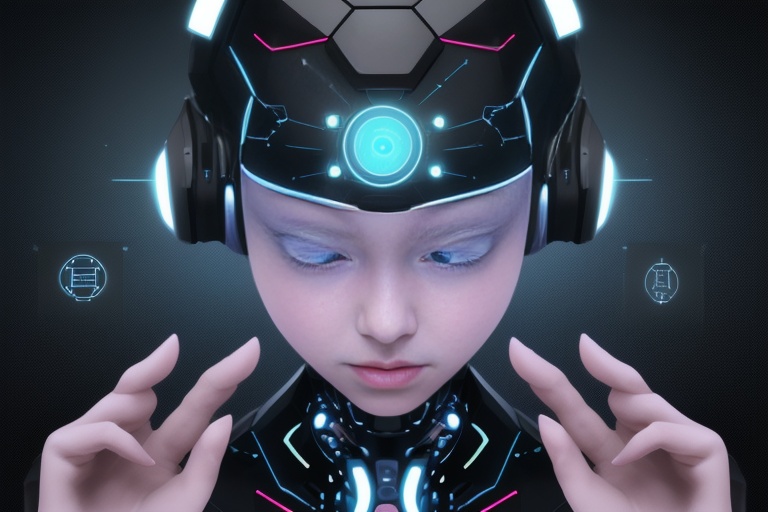Generative artificial intelligence (AI) is revolutionizing the technology landscape, offering incredible advancements in various aspects of programming, AI, and machine learning. These systems boast the remarkable capability to create realistic-appearing outputs such as text, images, audio, video, and even computer code. Such advancements open new opportunities for innovation, creativity, and efficiency.
Generative artificial intelligence (AI) is revolutionizing the technology landscape, offering incredible advancements in various aspects of programming, AI, and machine learning. These systems boast the remarkable capability to create realistic-appearing outputs such as text, images, audio, video, and even computer code. Such advancements open new opportunities for innovation, creativity, and efficiency.
Understanding Generative AI and Hallucinations
However, underlying these advancements is a concerning challenge: the risk of generative AI systems experiencing what are known as hallucinations. These are instances where AI algorithms and deep learning neural networks produce outputs that don't reflect real data or identifiable patterns. Instead of delivering accurate and reliable results, these hallucinations can lead to misinformation or nonsensical content.
Hallucinations in AI systems can originate from several sources, most notably the misinterpretation of input questions, insufficient or biased training data, or an inherent inability to understand context. This phenomenon represents a formidable hurdle in the path to utilizing generative AI, as it can result in misleading, absurd, and sometimes inappropriate responses, thereby undermining the credibility and usefulness of this cutting-edge technology.
This aberration brings forth a host of ethical dilemmas that need to be addressed to ensure the responsible development and implementation of AI systems. With the simultaneous growth of AI usage and concerns about its potential misuse, setting up safeguards becomes an indispensable aspect of the conversation surrounding emerging technology.
Real World Examples of Hallucinations in AI Systems
Cases like Microsoft's chatbot Sidney, which sparked controversy by claiming to engage in spying activities, and Google's AI assistant providing inaccurate responses serve as stark reminders of the innate risks present in current AI models. Such incidents underscore the urgency for preemptive measures to tackle hallucinations in generative AI systems and ensure trust and safety for end-users.
Preventing and Mitigating Hallucinations in AI
Prevention and mitigation of hallucinatory outputs start with the development process. By incorporating comprehensive training and testing protocols, we can significantly reduce the occurrence of hallucinations. Exposing AI systems to diverse, accurate, and carefully curated datasets is crucial to enable the system to understand context and nuances, which in turn minimizes errors in output.
Moreover, continuous advancements in fields such as natural language processing and image recognition are instrumental in refining the capabilities of generative AI systems. These improvements allow AI models to analyze and interpret information more effectively, reducing the propensity for hallucinations.
Ethical Considerations and Regulatory Frameworks
As technical solutions progress, an equally important area of focus should be the establishment of ethical guidelines and stringent regulations. Addressing concerns related to privacy, accountability, and transparency is paramount to creating a trustworthy AI ecosystem. These frameworks should protect users from potential abuses of the technology while maintaining an environment that fosters innovation and respects user rights.
A collaborative effort to enforce ethical standards among developers, users, and regulatory bodies is essential. This collaborative stance involves nurturing a culture of responsible AI usage, continuously evaluating potential risks, and adjusting guidelines as the technology evolves.
Through persistent effort and a dedication to ethical principles, we can utilize the strengths of generative AI systems while maintaining their integrity. By promoting the development of effective safeguards and fostering an understanding of the responsibilities that come with AI technology, we stand to gain significantly from what generative AI has to offer. Safeguarding against hallucinations ensures that the deployment of these systems will benefit society, enhancing the way we interact with technology and enriching the world with innovative applications.
Information for this article was gathered from the following source.

